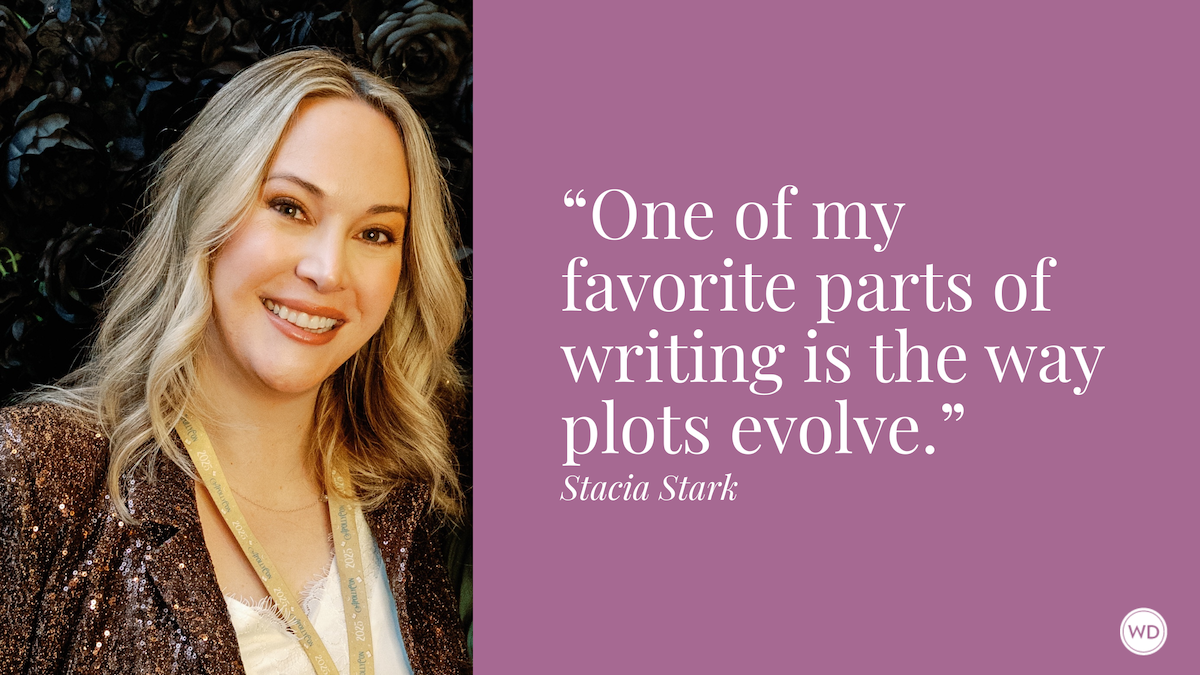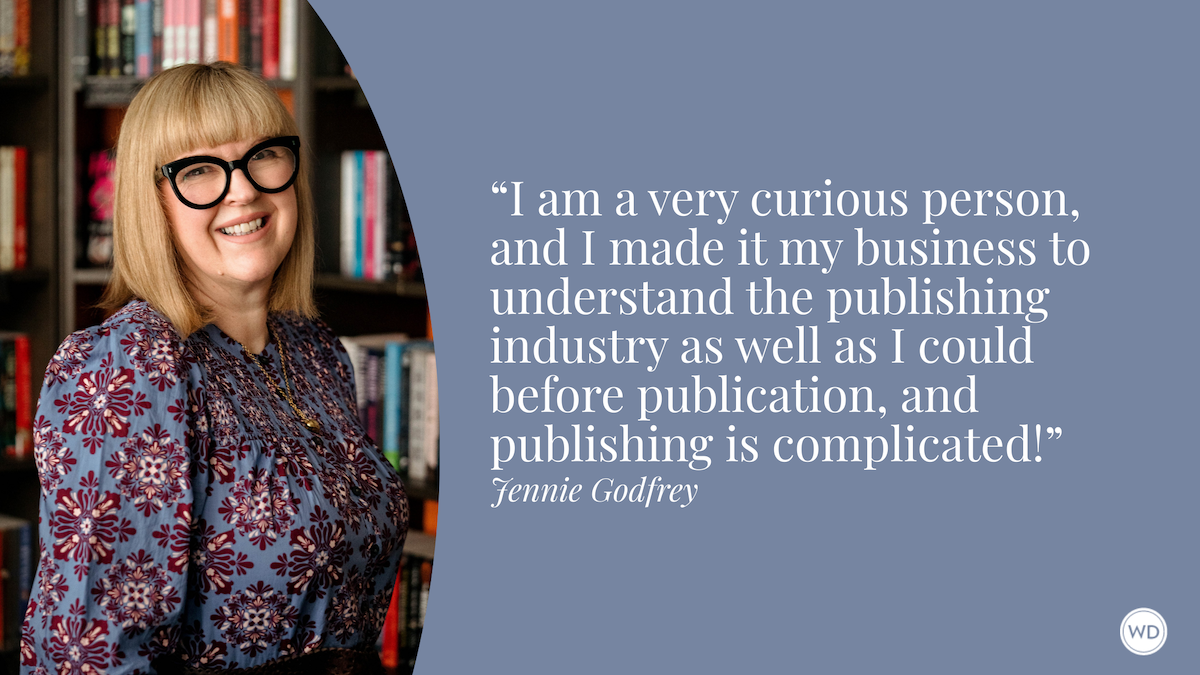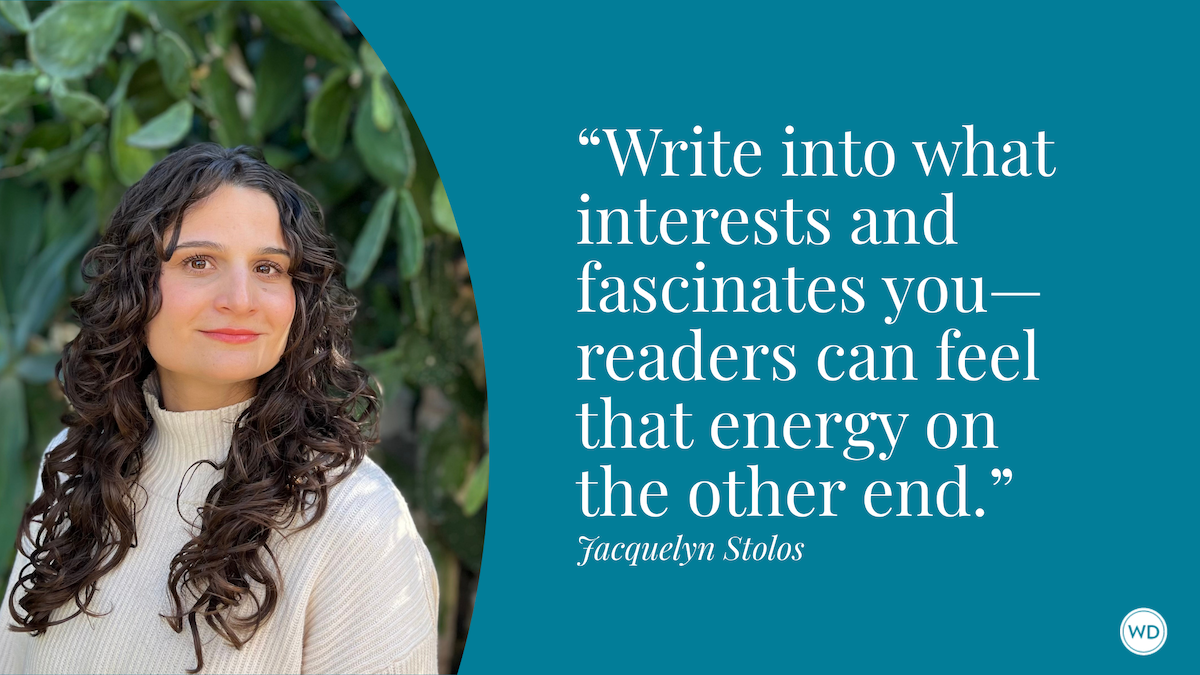5 Anti-Manifesting Techniques for Authors That Actually Work
Author Theresa Cheung shares five anti-manifesting techniques to help writers actually accomplish the goals they envision for themselves.
Manifesting, the art of envisioning your desires until they become reality, has taken the self-help and creative communities by storm. Authors, in particular, are often encouraged to "visualize" their book deal, bestseller status, or the glowing review from The New York Times. The idea is simple: If you can feel it, see it, and believe it, you can achieve it.
But here's the catch: Manifesting alone doesn't write books. And as an author of close to 100 dreams and personal and spiritual growth books, I should know!
Many writers fall into the trap of living in their imaginations, endlessly daydreaming about future success instead of doing the gritty work of daily writing. The focus on thoughts and feelings can become so consuming that it replaces action. Authors may feel inspired in the moment, but when it comes time to sit down and write, they’re paralyzed. The truth is that consistency, not cosmic alignment, is what gets the manuscript finished.
This is where anti-manifesting comes in. Think of it as a grounded, action-first approach to creative achievement. These five anti-manifesting techniques are tried and tested and designed to pull authors out of their heads and into motion. They don’t reject the power of mindset, but they prioritize doing over dreaming.
1. Stop Visualizing. Start Scheduling.
Vision boards and future journals can be motivational tools, but they often act as productive-looking distractions. You imagine your book launch party so vividly, you forget to write Chapter 1.
Instead of spending time visualizing success, spend that energy scheduling your writing sessions and protecting that time like a meeting with your editor. Choose specific days and times, set a timer, and treat it as non-negotiable.
This is where creativity meets discipline. Showing up regularly trains your brain to take your goals seriously. Even writing for 30 minutes a day compound quickly. A vision board might inspire you, but a writing schedule builds your book.
2. Ditch Affirmations. Write Badly on Purpose.
Affirmations like “I am a brilliant and successful author” sound empowering. But when you’re staring at a blank page, they can feel hollow, especially if your inner critic is yelling, “Prove it.”
The anti-manifesting approach? Embrace imperfection. Sit down and write terribly on purpose. Your job is to create momentum, not masterpieces. Tell yourself, “Today I will write the worst paragraph I’ve ever written.”
This lowers the stakes and silences perfectionism. Ironically, some of your best writing may come when you're not trying so hard to be brilliant. Progress, not polish, should be the goal in early drafts.
3. Forget the Big Picture. Focus on the Next Sentence.
Manifesters love to think big: publishing deals, book tours, glowing reviews. But for many writers, this macro-level thinking leads to overwhelm and paralysis. You stare at the size of the dream and freeze.
Anti-manifesting asks you to do the opposite: Shrink your focus and be the tortoise rather than the hare. Forget the book. Forget the chapter. Just write the next sentence.
Micro-goals reduce anxiety and build momentum. A sentence leads to a paragraph. A paragraph becomes a page. You build the book not by climbing the whole staircase in one leap, but by taking one solid, sometimes messy, step at a time.
If you can’t write a sentence, write a phrase. If a phrase is too much, write a word. Lower the bar until it's impossible not to step over it.
4. Swap Gratitude Lists for Gumption Rituals.
Gratitude is powerful but listing things you’re thankful for won’t break creative block if you’re avoiding the work. An anti-manifesting mindset embraces what I call "gumption rituals": small, physical cues that help train your brain to get into writing mode.
For example:
- Using the same playlist or soundscape to cue focus
- Drinking a cup of tea while opening your draft
- Changing into “writing clothes” to signal it’s go time
These rituals aren’t about feeling grateful or aligned, they’re about creating consistent cues that tell your brain: This is when I write.
Over time, your brain learns the pattern. The music starts, and your mind clicks into creative gear. Gumption rituals help you build a writing habit that functions independently of mood, motivation, or Mercury in retrograde.
5. Stop Avoiding Rejection. Learn From It.
One of the most seductive traps of manifesting is the belief that if you just stay in “positive vibration,” rejection won’t touch you. But rejection is one of the most valuable tools a writer can have.
Every “no” is a mirror. It reflects where you can improve, stretch, and grow. Whether it’s an agent’s pass, an editor’s silence, or a harsh review, rejection forces you to step outside your comfort zone and into your evolution as a writer.
The anti-manifesting mindset doesn’t avoid failure—it uses it. Get rejected. Often. Then get better. Writing isn’t a path to avoid pain; it’s a practice that transforms it.
The more you risk rejection, the more resilient and skilled you become. It's not glamorous, but it's how real authors are made.
The Takeaway: Walk, Don’t Wish.
There’s nothing wrong with believing in your potential. But belief without behavior is just fantasy. Anti-manifesting doesn’t reject your dreams; it roots them in real-world action.
Write when it’s hard. Write when it’s boring. Write even when it feels pointless. Because consistent action creates clarity, and clarity feeds creativity.
In the end, you don’t need the universe to hand you a book deal. You need to show up, day after day, sentence after sentence, until your vision isn’t a daydream it has become a book.
So, what are you waiting for? Set the timer, get busy writing, and start walking your talk.









